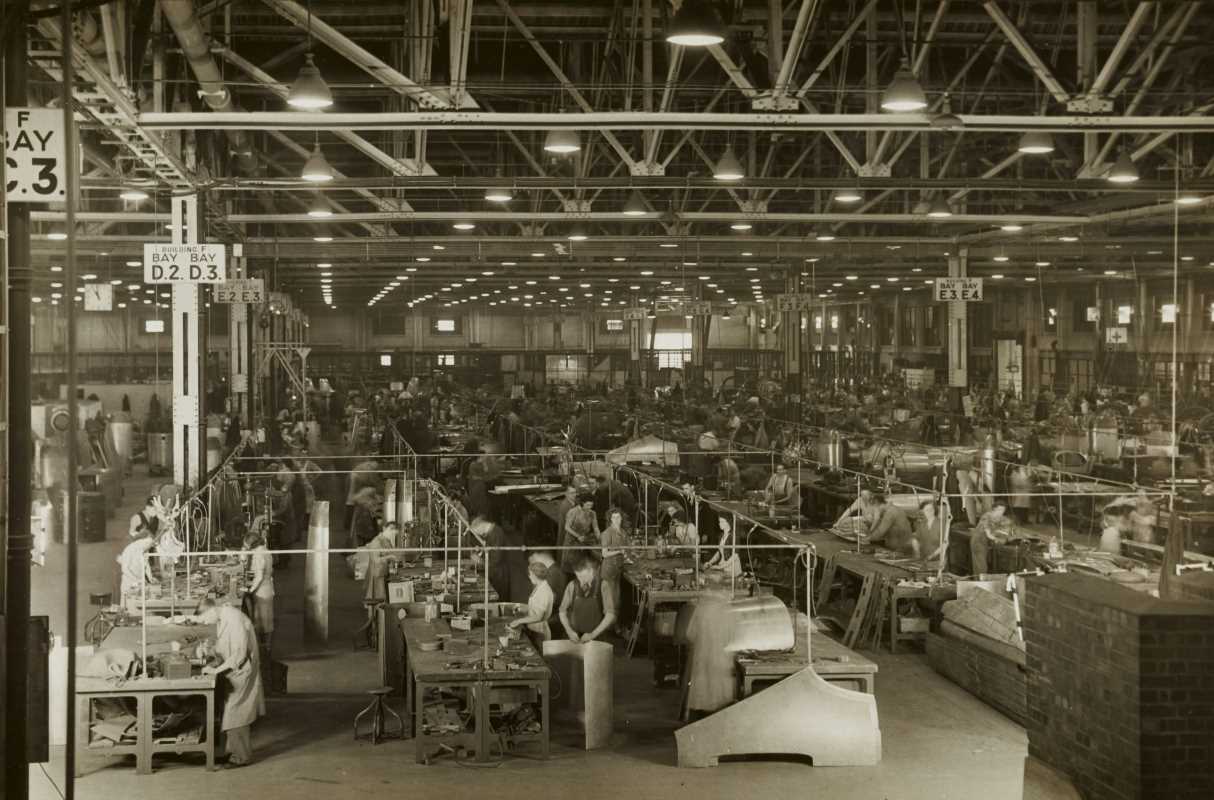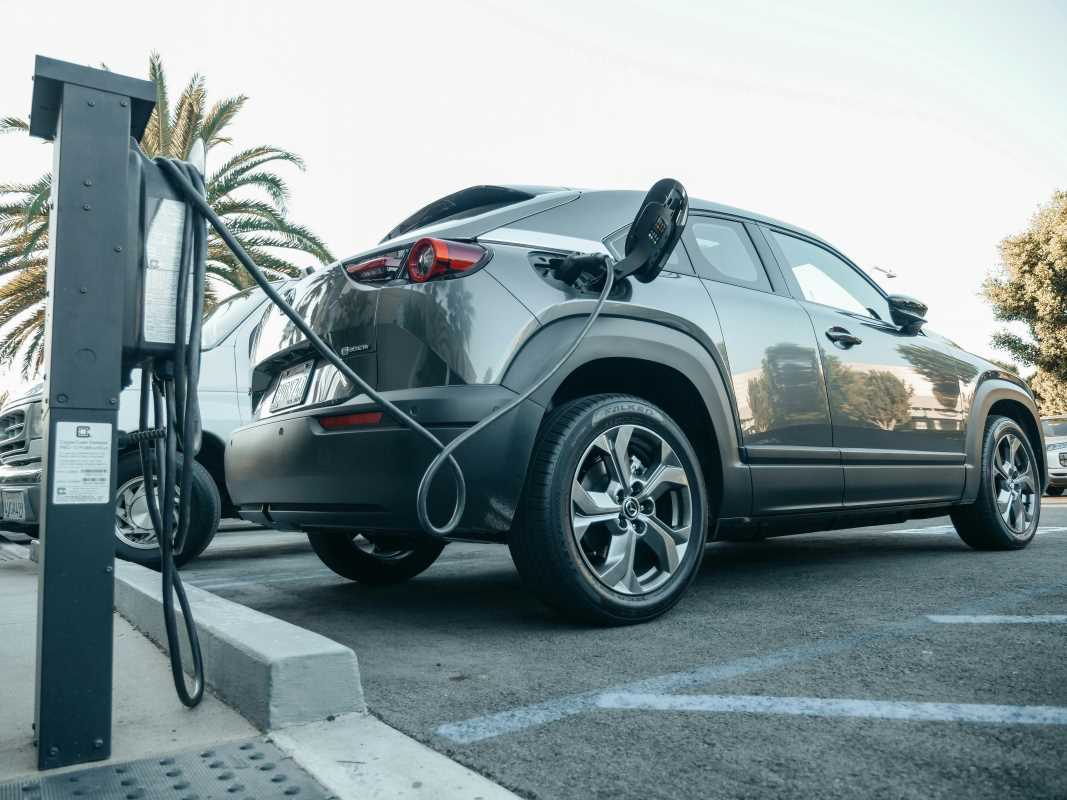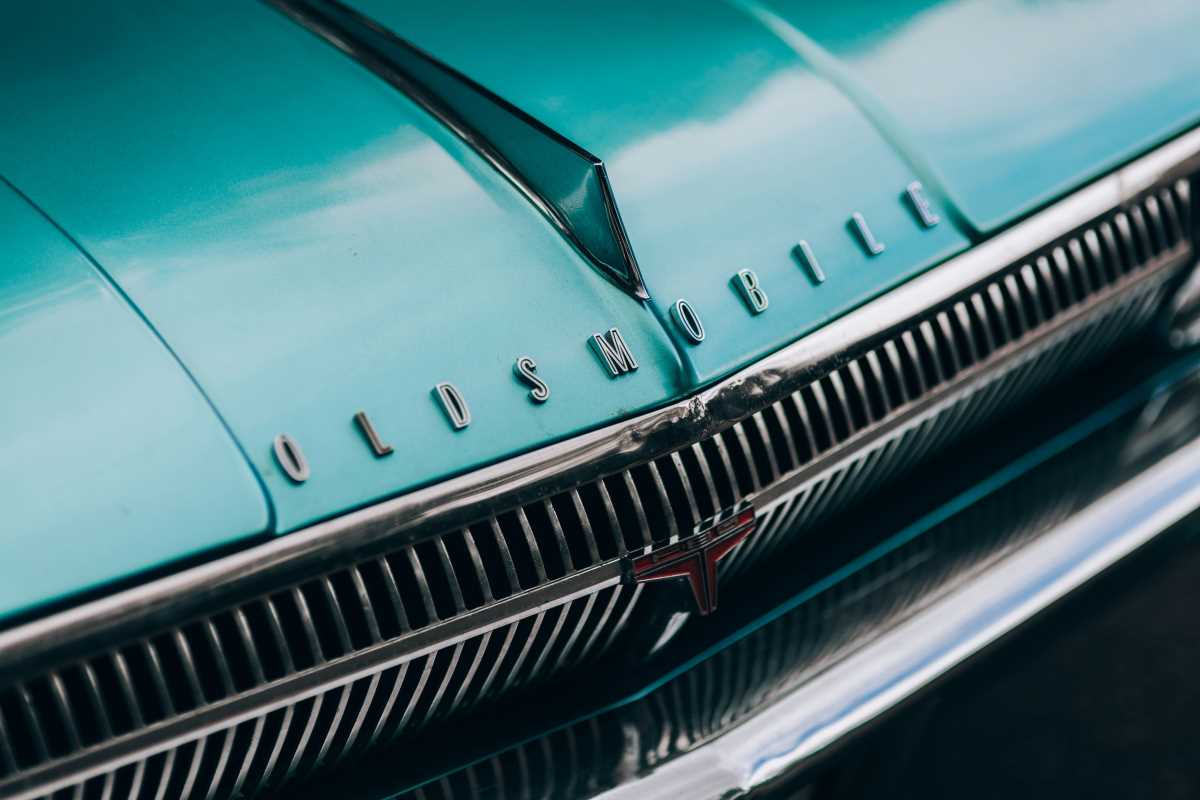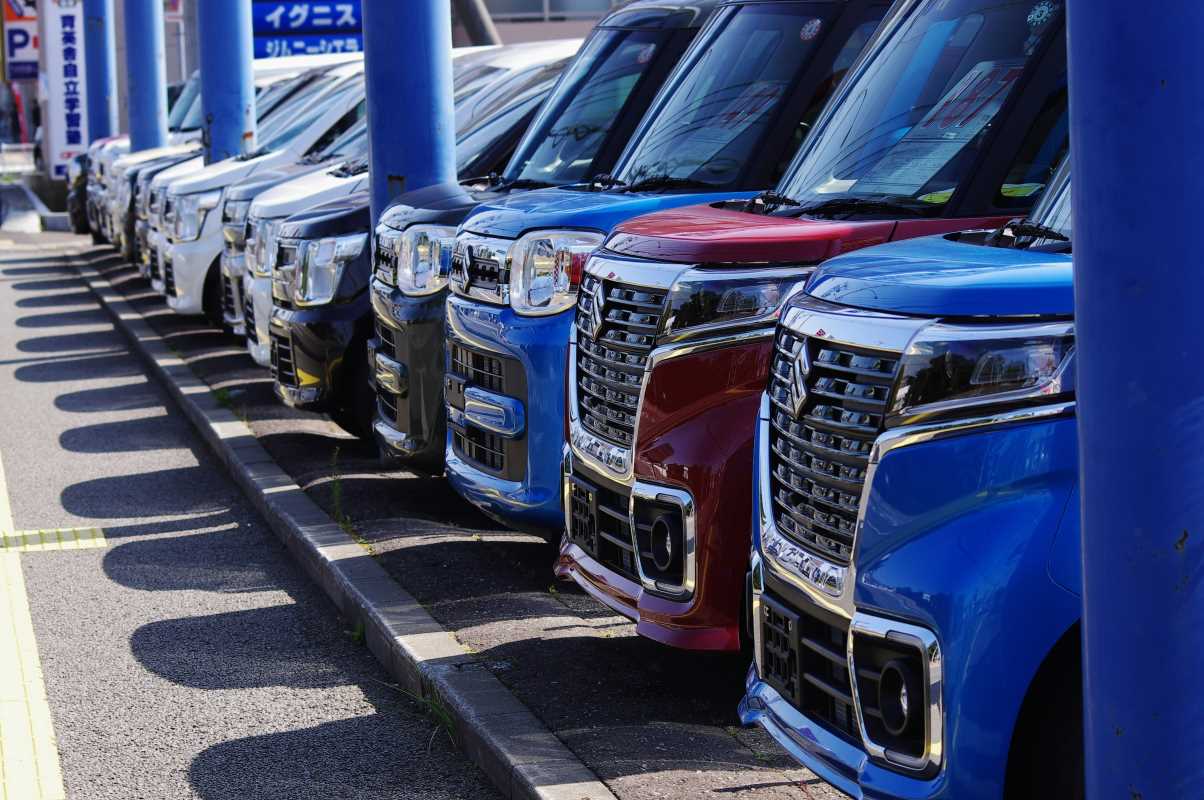When you think of Labor Day, images of barbecues, parades, and a well-earned day off likely come to mind. But beneath the surface of this national holiday lies a history shaped by the hard work and determination of laborers, many of whom built the literal engine of America’s economy. The car industry, in particular, has played a monumental role in defining this holiday, not just by contributing to the economy but by actively fighting for and shaping workers’ rights.
From the first assembly lines to powerful unions, the automotive industry’s fingerprints are all over the road to labor reform. This unassuming sector has more connections to Labor Day than you might think. Here’s a deep-dive into how the car industry and its workforce helped pave the way for the holiday we now celebrate.
Building the Backbone of Industrial America
The car industry wasn’t just an economic powerhouse; it was a lifestyle changer. At the turn of the 20th century, automobile production became synonymous with booming industries and new opportunities. Factories sprang to life, churned out cars in record numbers, and fueled economic growth that reshaped cities and towns. With the rise of companies like Ford, General Motors, and Chrysler, the car industry became one of the biggest employers of its time.
But it wasn’t just about jobs; the assembly line revolutionized how work was done. When Henry Ford introduced the moving assembly line in 1913, it fundamentally changed manufacturing. This innovation drastically improved efficiency, allowing vehicles to be produced faster and more affordably. However, it also introduced demanding, repetitive labor with little room for breaks or flexibility.
The rise of assembly line work made laborers realize the need for better working conditions. The high-pressure environment, long hours, and monotonous tasks set the stage for workers to demand changes that would protect their rights. It’s no exaggeration to say that these factories served as essential battlegrounds for the labor rights that Labor Day celebrates.
The Role of Unions in Driving Change
No discussion about the car industry and its connection to Labor Day is complete without acknowledging the unions that emerged from its factories. The United Auto Workers (UAW) became one of the most influential labor unions in American history. Founded in 1935 during the height of the Great Depression, the UAW stepped in to advocate for better wages, safer working conditions, and reasonable working hours.
The UAW didn’t just make demands; it made history. Through collective bargaining, strikes, and protests, they solidified workers’ rights in ways that still resonate today. The infamous sit-down strikes of the 1930s are a prime example. Factory workers in Flint, Michigan, essentially took over their plant, refusing to leave until General Motors agreed to their terms. The result? Workers won union recognition, better pay, and job security.
These victories reverberated far beyond the car industry. They inspired other labor movements across the country, proving that organized efforts could bring about tangible change. Without these union-led victories, the modern image of Labor Day as a tribute to the American worker might have looked very different.
The Fight for the Eight-Hour Workday
One of the most enduring achievements of labor movements in the car industry is the fight for the eight-hour workday. Before unions took a stand, workers often toiled for 10 to 12 hours per day with little regard for their personal lives or well-being. This grueling schedule made it nearly impossible for employees to balance their work with time for their families or themselves.
Henry Ford, despite being a shrewd businessman, was surprisingly ahead of the curve on this issue. He implemented the eight-hour workday in 1914 and doubled his workers’ wages. While Ford’s motivations were partly self-serving (he believed well-paid, well-rested workers would be more productive and loyal), his decision had a ripple effect across industries.
The commitment to limiting working hours became one of the major talking points for unions and labor advocates, cementing it as a core principle of the burgeoning labor rights movement. The eight-hour workday wasn’t just a change in policy; it was a monumental shift toward valuing workers as humans rather than mere cogs in a machine. Today, Labor Day serves as a reminder of such hard-fought victories.
A Cultural Shift in Celebrating Workers
The car industry’s influence on Labor Day isn’t only historical; it’s cultural. Automobiles played a huge role in shaping how Americans experience leisure time, including how they celebrate holidays like Labor Day. With cars becoming more affordable thanks to mass production, they gave families a sense of freedom and mobility that previous generations had never known.
Road trips, camping getaways, and drives to the local lake became staples of the holiday weekend, synonymous with the spirit of relaxation and reward. The same industry that employed millions of hardworking Americans also gave them the means to enjoy their downtime, helping to define the celebratory aspect of Labor Day.
On the flip side, the connection between Labor Day and the car industry goes beyond leisure. Parades celebrating the holiday often feature union banners and vehicles that symbolize the resilience and dedication of auto workers. It becomes not only a spectacle but also a tribute to the labor behind America’s favorite rides.
Lessons from Defining Labor Rights
The car industry’s storied history of battling for worker rights left lasting lessons that transcend manufacturing floors. Other industries, from textiles to tech, drew inspiration from the automotive sector’s triumphs. Modern workspaces, whether in factories or open-plan offices, owe much of their current standards to these historical battles.
The demand for dignity, fair pay, and reasonable working hours remains relevant as debates continue about labor rights in today’s gig economy. Whether it’s rideshare drivers or warehouse workers, the echoes of the car industry's influence are unmistakable.
Perhaps the biggest takeaway is the power of unity. The labor movements that emerged from automotive factories remind us that collective action can lead to monumental change. It’s a legacy reflected in Labor Day’s very existence, which honors the strides made by workers across all industries.







